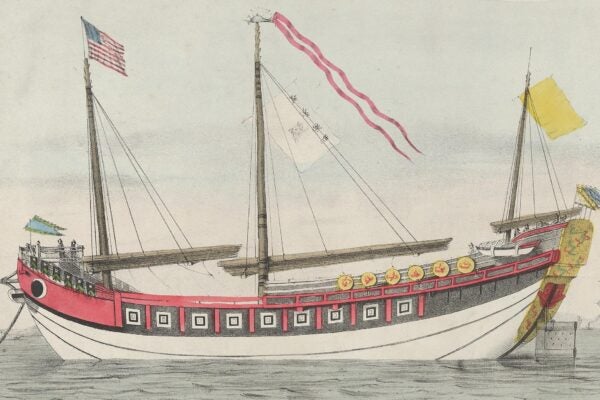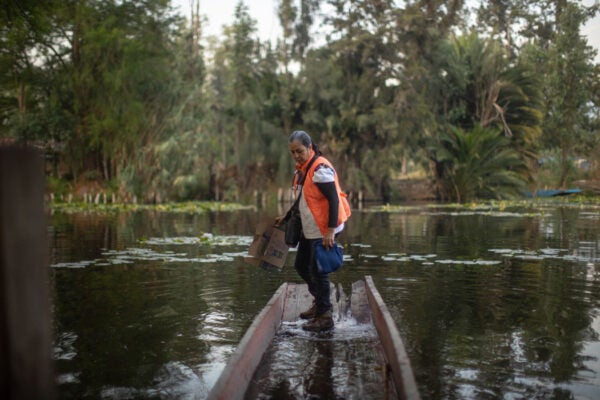Well-researched stories from around the web that bridge the gap between news and scholarship. Brought to you each Tuesday from the editors of JSTOR Daily.
Unearthing the horrors of lead (Mental Floss)
by Lucas Reilly
How stubborn, eccentric scientist Clair Patterson discovered that humans were coating themselves with deadly lead, using research funded by the very industry that profited from leaded gasoline.
Beyond “natural foods” (New York Magazine)
by Jennie Splitter
Organic food is often grown in environmentally harmful ways. “Non-GMO” is a largely meaningless label. How could Whole Foods really help us be better consumers?
When foreign leaders look each other in the eye (Washington Post)
by Nicholas J. Wheeler
As Donald Trump meets with foreign leaders around the world, an international relations professor investigates the particular value of face-to-face diplomacy.
Can we help the scariest kids? (The Atlantic)
by Barbara Bradley Hagerty
Little kids with psychopathic traits can behave in terrifying ways. But psychologists are beginning to find ways to treat a condition that was once called incurable.
Measles and misinformation (Stat)
by Saad Omer
The near-elimination of measles in the U.S. has been a remarkable public health victory. But an outbreak in a Somali-American community in Minnesota that had been the subject of anti-vaccine campaign demonstrates just how fragile the success is.
Have you seen a story online that does a good job of bridging the gap between the news and scholarship? Or something that seems particularly well-researched? Let us know and we may include it in next week’s roundup. Email us at jstordaily_submissions (at) jstor (dot) org.






